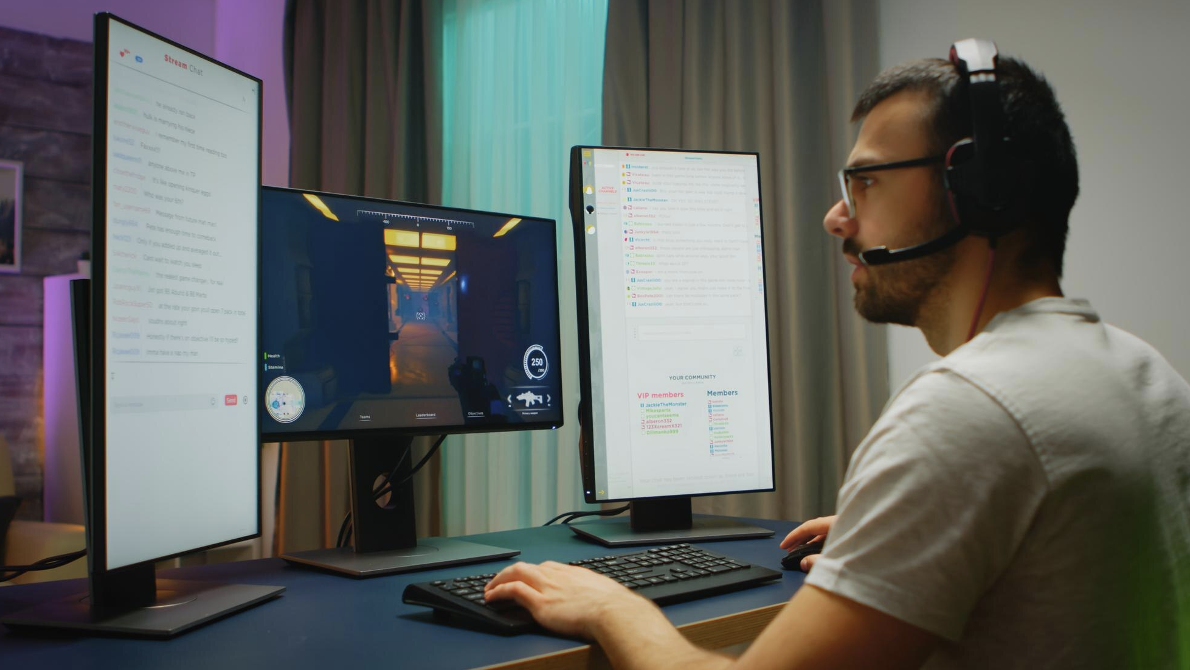Mobile games have become a fundamental part of modern entertainment, with people spending countless hours immersed in their favorite titles on their smartphones. The task may initially seem daunting for gaming enthusiasts wondering how to create a mobile game that captivates millions. One key step in this process is to ensure the game operates flawlessly, which can be achieved through mobile game testing.
However, the journey from a concept to a successful game involves much more. This article will explore the various stages of developing a mobile game, from initial idea generation and design to the intricate aspects of programming and user experience optimization. We will discuss how to bring a mobile game to life, ensuring it not only functions seamlessly but also engages and delights players worldwide.
Is Making a Mobile Game Simple?
Crafting a mobile game can be complicated. Its ease depends on several factors, such as complexity, the tools employed in development, and the expertise of the game developers.
While many tools are available to help make game development more manageable, it can still be challenging, especially if you’re new. These tools often come with ready-made parts and templates that you can customize. Some tools even help with things like finding and fixing problems.
But even with these tools, making a mobile game can be challenging, especially if it needs fancy features or great graphics and sound. You also have to consider making sure the game works on different devices and that players like how it looks and feels.
Steps in Making a Mobile Game
Here, we’ll take you through each step of creating a mobile game:
Establish The Game Concept
Before diving into mobile game development, having a well-defined concept in mind is crucial. Your idea should be original, enjoyable, and engaging to captivate players.
Begin by brainstorming various mobile game concepts and jotting down as many ideas as possible.
Then, sift through your list and select the top three ideas with the most significant promise. Research these ideas to assess their feasibility and market demand.
1. Determine Your Target
Consider who your game is for. Understanding your target audience will guide decisions on mechanics, visuals, and storylines that resonate with them.
2. Generate Game Mechanics
Explore the actions players will engage in. Will it involve puzzles, action sequences, or simulations? Strive to devise a distinctive gameplay mechanic that distinguishes your game from others in its genre.
3. Envision the Game
Consider the visual aspects of your game. What will its appearance be? Which graphics and art style will you employ? Will it be in 2D or 3D? Will the game maintain a consistent theme or change based on the level or storyline?
4. Develop the Storyline and Characters
Reflect on the narrative and character elements. Will the story follow a linear or non-linear progression? Will it be conveyed through text or cinematics? What types of characters will populate the game, and how will they interact with the player?
5. Establish the Monetization Model
Determine how the game will generate revenue. Will players pay once to download your game, or will it be free with options to buy things in the app?
Another option is to show ads in the game to earn money from views or clicks. Choose the method that best suits your game and audience.
Select a Game Engine
Afterward, you’ll need to pick a game engine to help you build your mobile game. A game engine is software that equips developers with the necessary tools and assets for game creation.
While several game engines exist, Unity, Unreal, and GameMaker Studio are some of the most commonly used ones. Each engine has advantages and limitations, so exploring each option is vital to determining which best suits your game.
Create Game Graphics
Once you’ve selected your game engine, it’s time to craft the graphics for your game. This involves designing characters, backgrounds, user interfaces, and levels. Depending on the type of mobile game you’re aiming to develop, you can opt for either 2D or 3D graphics. The key is to craft visually captivating graphics that will draw in players and hold their interest.
Develop the Game
Coding involves implementing the game’s logic using programming languages. You can hire a programmer to handle this task if you need more programming skills. The coding phase’s duration varies depending on the game’s complexity. To expedite the process, consider leveraging pre-existing code libraries or enlisting the expertise of a professional developer.
Evaluate the Product
Testing involves verifying that the game functions properly without any bugs or glitches. You can conduct the testing yourself or enlist a team of beta testers to assist you. Gathering feedback from testers is crucial for refining the product before its launch.
Release the Game
You can share your mobile game in various stores, like the Apple App Store, Google Play Store, and Amazon Appstore. Here’s what you should do to get your game out there:
- Do your homework. Before putting your game up, look into the app stores where you want to release it. Check out their rules, guidelines, and what they need from you. It helps you avoid problems or getting rejected.
- Get your stuff ready. Ensure you have everything you need for your game, like icons, screenshots, and ads. They should look outstanding to catch people’s attention.
- Pick the correct categories and words. It helps more people find your game. Choose the categories that fit best and use keywords that describe your game well.
- Keep your game fresh. Keep updating your game to fix bugs, add new content, and keep it exciting. This will help keep the people who already play interested and attract new players.
Conclusion
Creating a mobile game requires more than just creating it; the real challenge is getting people to notice and stick with it. Mobile game marketing is crucial for keeping your game visible and engaging. It involves strategies like app store optimization, influencer and social media marketing, paid ads, content creation, and community management. When done right, these methods can boost your game’s visibility in stores and attract more downloads and active players.

